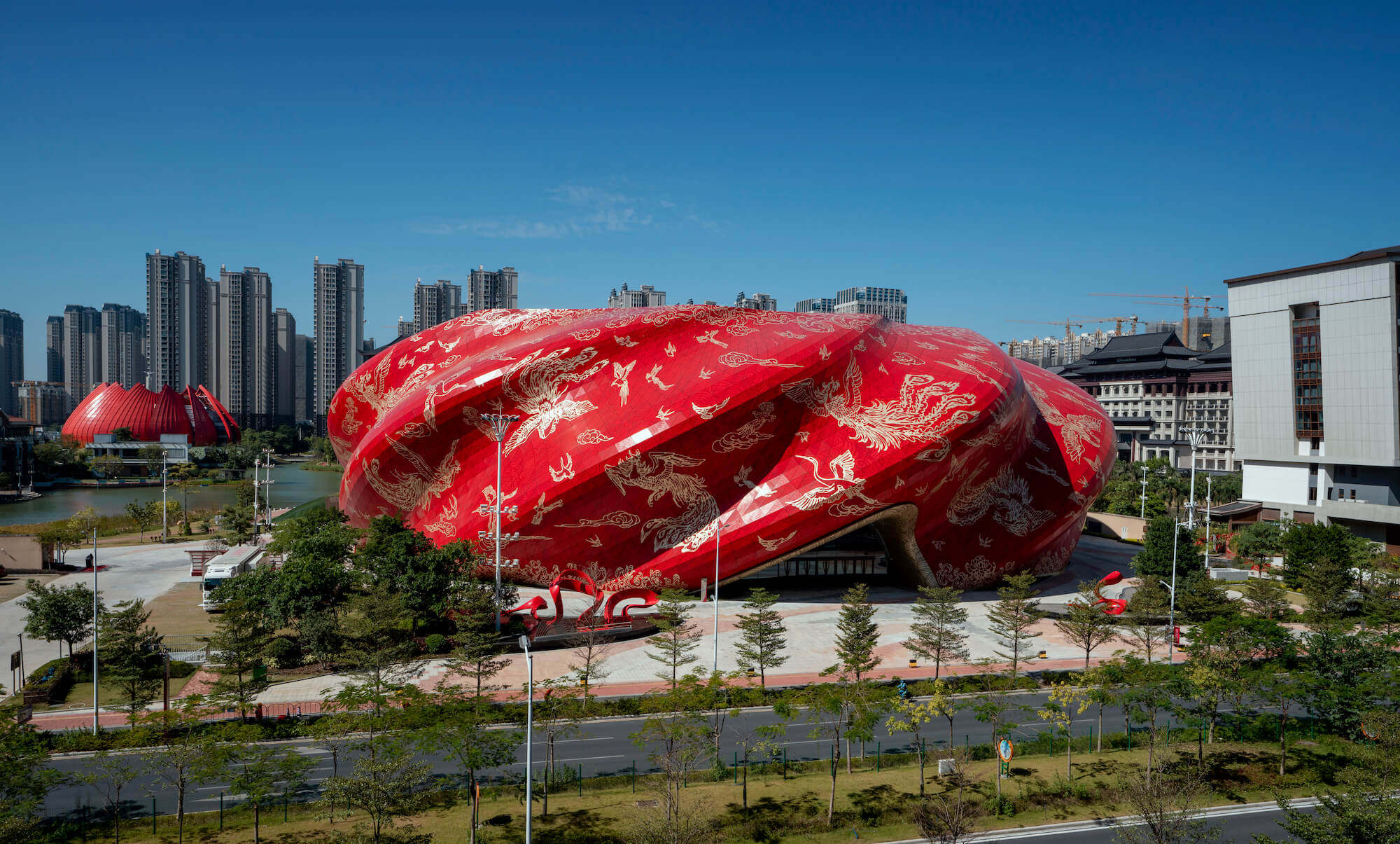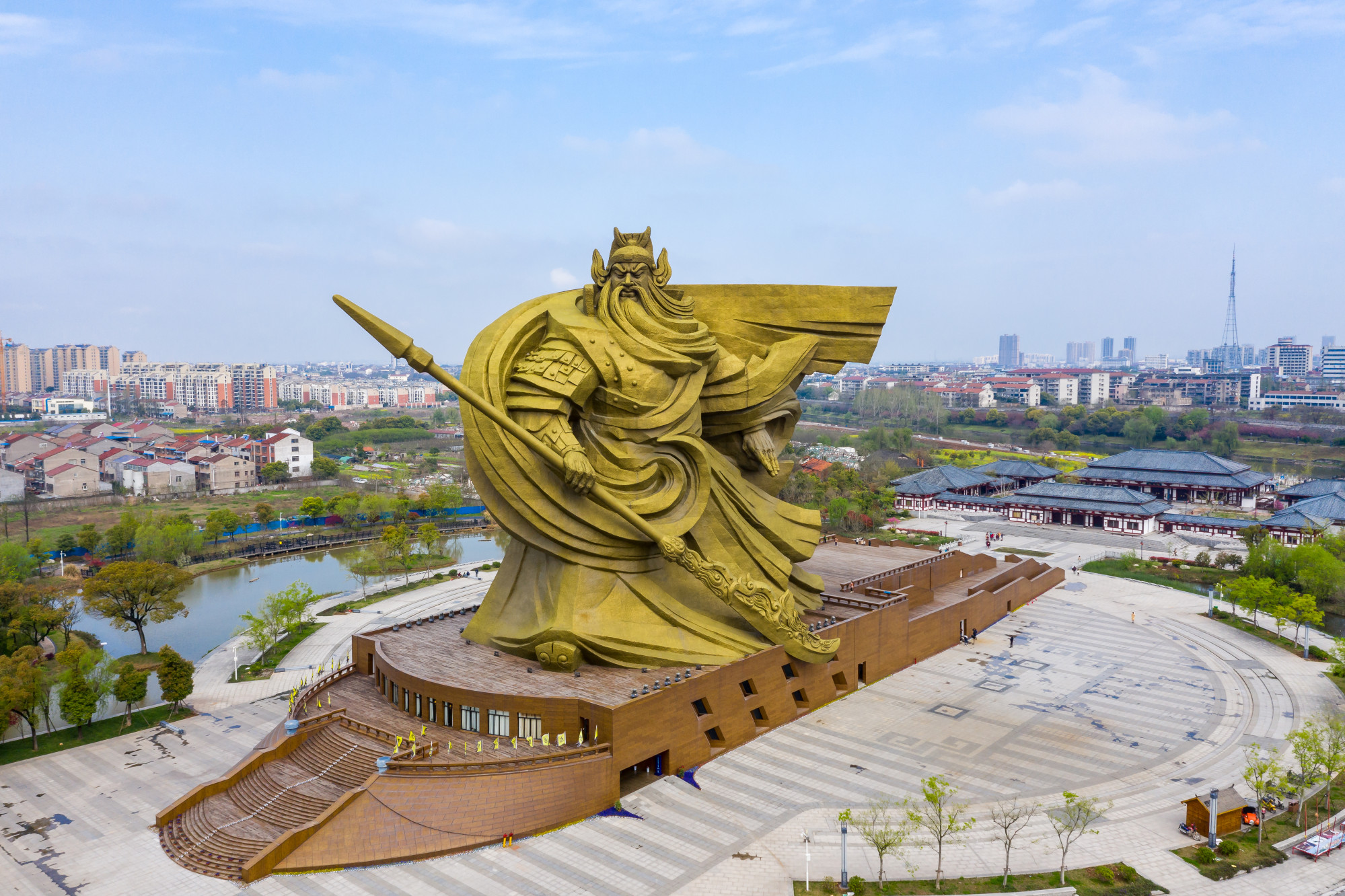
Chinese government bans those ‘weird buildings’ that Xi Jinping can’t stand
- Experts say society’s drive for growth led to the development of structures that were aimed at grabbing attention
- The directive also said buildings over 500-metres in height should be ‘strictly limited’
The National Development and Reform Commission, China’s top economic planner, issued a directive earlier this week that said “the construction of ugly architecture should be strictly banned”.

It added that local governments should make sure buildings are “suitable, economic, green and pleasing to the eye”. The directive never elaborated on what would constitute an ugly building.
The directive, a summary of goals in urbanisation for this year, also said the construction of skyscrapers taller than 500 metres should be “strictly limited”. There are seven skyscrapers in the world that are 500 metres tall, and China boasts five of them.
While the aesthetics of architecture remain largely subjective, professionals agreed that the obsession with economic growth by local governments and businesses incentivised developers to pursue eyeball-grabbing projects.
Han Tao, a professor in architecture design at the Central Academy of Fine Arts, said they often convey a “vulgar taste”, are copied or cobbled together from old designs, or clash with the surrounding environment.

The winner for 2020, for which Han was a judge, was the 2,000-seat Sunac Guangzhou Grand Theatre in the southern city of Guangzhou, a swirling edifice in Chinese red with traditional patterns of clouds and phoenixes in golden yellow.
It is “far-fetched”, “weird-shaped”, and is a “random collage of Chinese elements”, said the panel.
The central government has been cracking down on “oversized and weird” structures in recent years, in part because Xi demanded that there be no more buildings like the unusually-shaped CCTV headquarters during a major symposium on culture in 2014.
Among the structures ordered by Beijing to be rectified last year was a gigantic statue of the Chinese war deity Guan Yu that sits on top of an 8,000-square metre (86,111 sq ft) museum in Jingzhou, Hubei province in central China. It is roughly half the height of the Statue of Liberty and the local government is still considering how to remove it after it was named-and-shamed by central authorities, according to local media.

Zhang Shangwu, deputy head of Tongji University’s College of Architecture and Urban Planning, said China’s grandiose architecture results from society’s rush for attention and growth.
“We’re in a stage where people are too impetuous and anxious to produce something that can actually go down in history,” he said.
“Every building aims to be a landmark, and the developers and city planners try to achieve this goal by going extreme in novelty and strangeness,” he added.
Han, from the Central Academy of Fine Arts, said architecture should never be uniform, despite China’s rethinking of how its cities should look.
“Contemporary culture is diverse and there should not be just one voice,” he said, urging authorities to protect the space for public appreciation of beauty and experiments of architects.

